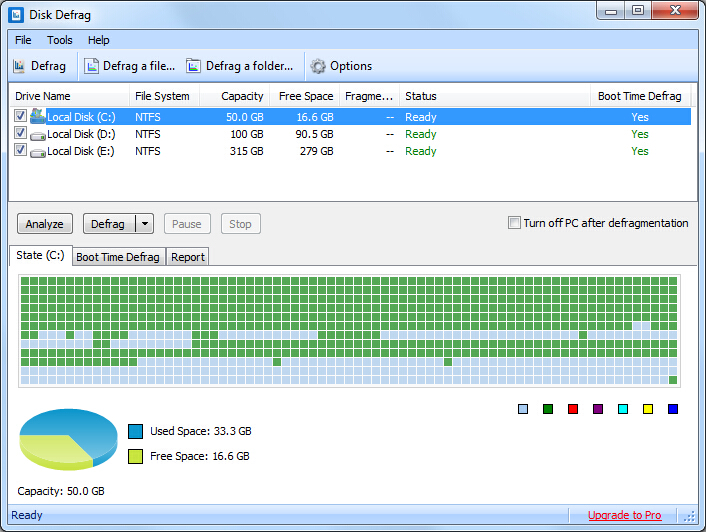
#AIRPORT DISK ARCHIVE PORTABLE#
I learned on my own that these backups aren’t easily portable between the two, though you can actually migrate backups off of the Time Capsule to an attached disk by clicking Archive. Regardless, it’s apparent that the architecture for Time Machine on a Time Capsule differs from the external disk method when a drive is attached over USB. Inside APconfig is a file named AFP.reconnect_keys which contains a mysterious unintelligible string, perhaps a hash of some kind or a token used to authenticate clients. I couldn’t find anything inside APswap, at least after a fresh format. So no matter how you slice it, you lose 2.2GB to overhead just from the Time Capsule partitioning things how it wants. You can see these three partitions by running diskutil list on the drive. Doing so and then taking the drive out for inspection reveals three partitions.
#AIRPORT DISK ARCHIVE UPGRADE#
It’s almost as if Apple expects people to try to upgrade the disk on their own in the future or to make it easy to service. There are even options for making that wipe take place with multiple passes in case you’re trying to delete some really shady, erm, scientific research.Īnyhow, clicking erase from the airport utility makes the drive usable without the need for any preformatting. The nice part about the Airport Utility is that there’s a one-click erase button for automatically partitioning any drive properly for the Time Capsule. Rather than time the creation of an entire fresh Time Machine backup on each configuration, I settled on measuring performance across the network to the drive using QuickBench while connected over GigE.īefore we go into the performance numbers, let’s talk about changing out drives in the Time Capsule. The Airport Extreme or Time Capsule pops up under devices in finder, and then you can mount specific shares which appear just like a normal volume to OS X. When a disk is attached with USB to the Time Capsule or Airport Extreme, you have the option of sharing the disk like an ordinary AFS or even SMB share with or without a password. So the question now becomes, is it dramatically faster to use the Time Capsule’s internal disk over SATA II instead of a USB 2.0 attached dock? The question is almost rhetorical (of course SATA II is going to beat USB 2.0, right?), but nevertheless we want numbers. I don’t own a Time Capsule for backing up my singular Mac instead I use a hard drive dock attached to the Airport Extreme over USB 2.0 for that purpose.

The next question on my mind was disk performance.


 0 kommentar(er)
0 kommentar(er)
